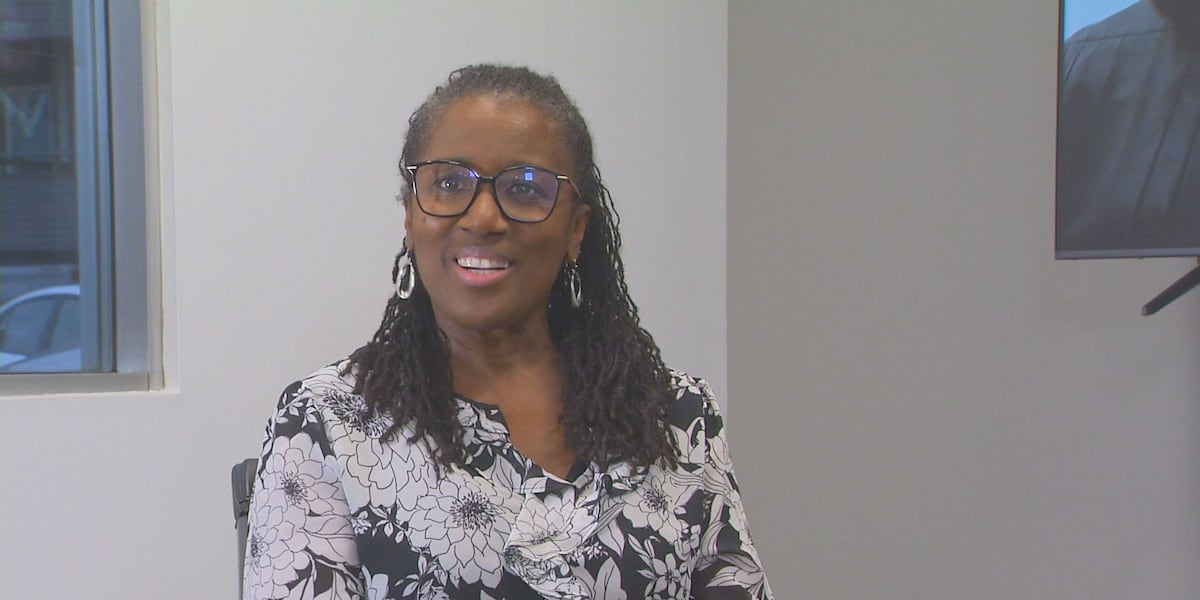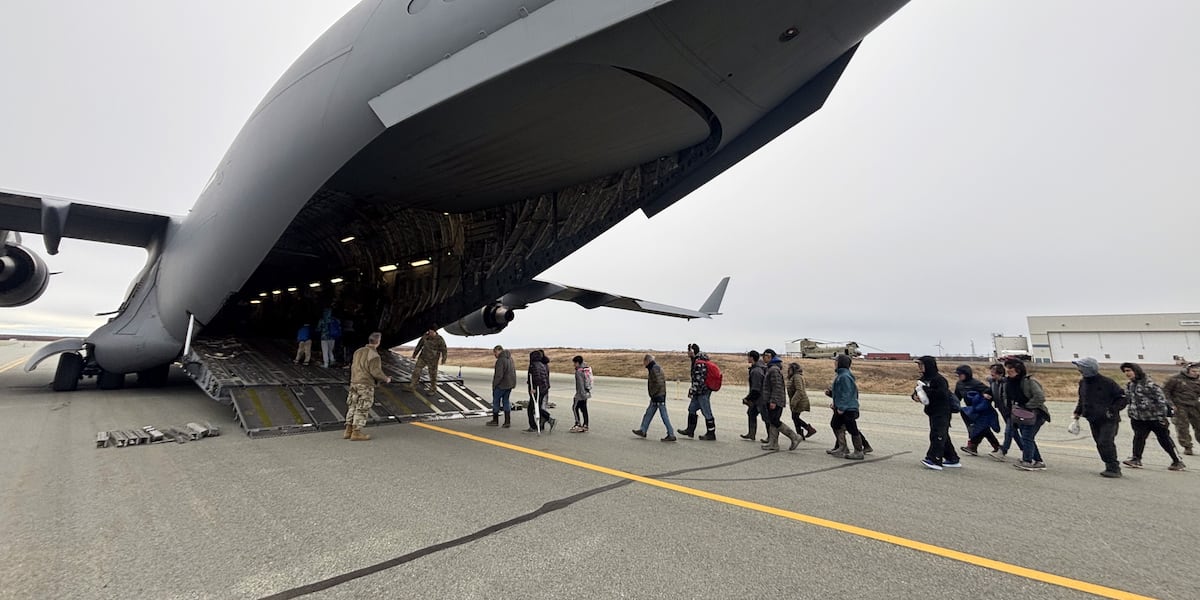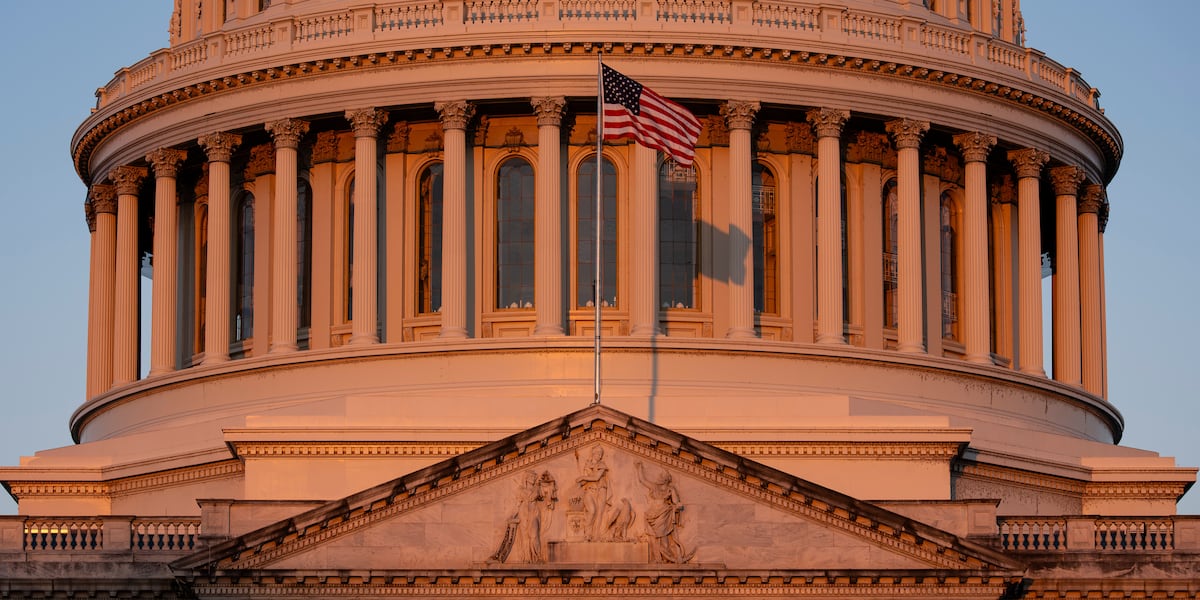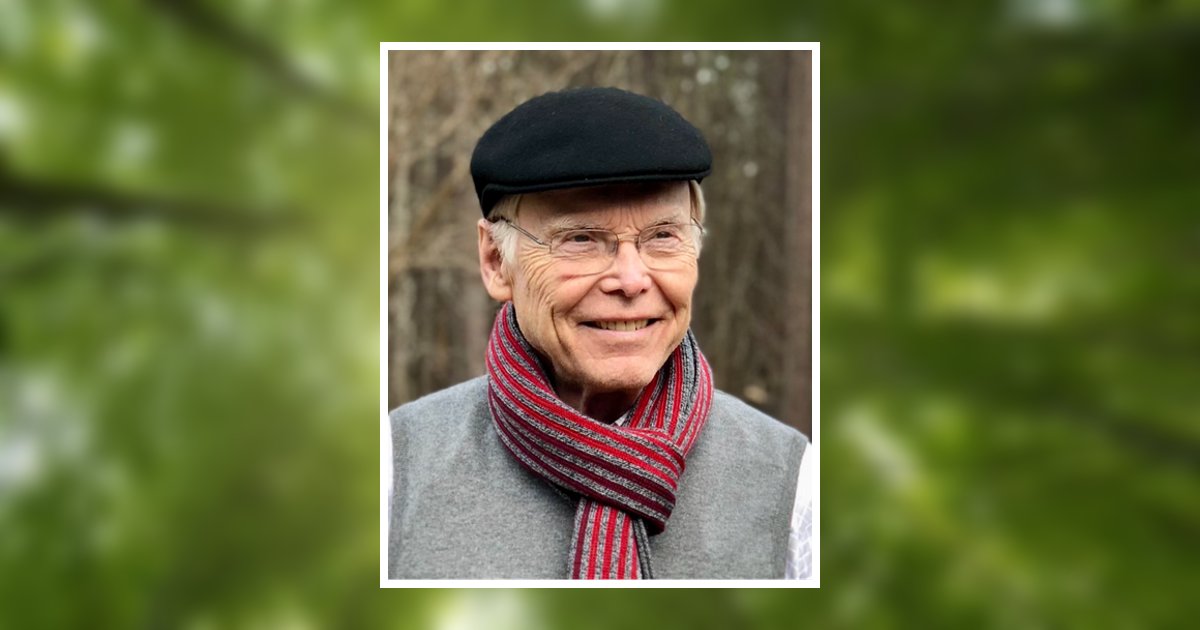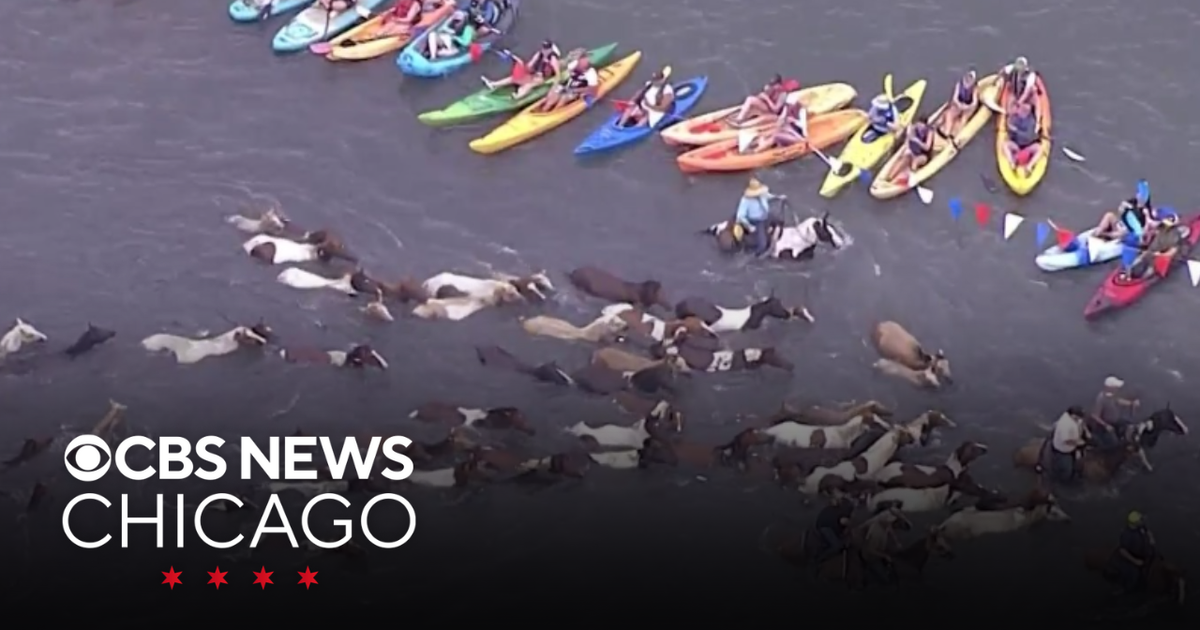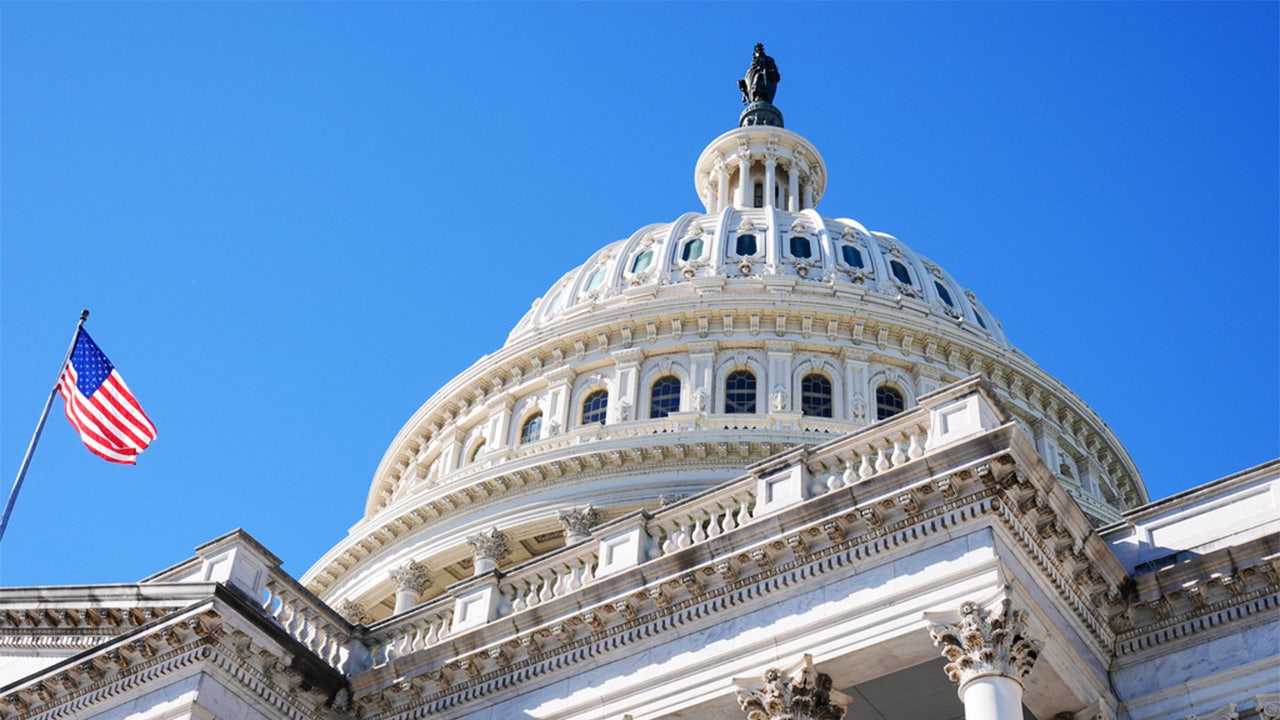Alaska
Mike Dunleavy vetoes Alaska birth control measure

Alaska Gov. Mike Dunleavy has vetoed a bill expanding access to birth control.
The bill, which passed with overwhelming bipartisan support in the state legislature, would have required insurance companies to cover up to a year’s supply of birth control at once.
It had been designed to improve access in rural communities where medical resources are scarce.
Dunleavy’s veto stunned policymakers, especially given the legislative backing the bill had received by his fellow Republicans.
HB 17 passed with overwhelming support in a 29-11 vote in the Republican-controlled House and a 16-3 vote in the Senate, led by a bipartisan coalition.
This news arrives on the same day as separate legal development with contrasting consequences, where a Superior Court judge struck down a decades-old law restricting who can perform abortions.
AP Photo/Becky Bohrer, File
Women in Alaska often have to travel long distances for reproductive care.
Proponents argue that the bill would help ensure access to contraception in Alaska’s more dispersed locales, which are often only accessible by plane or boat.
There are only four Planned Parenthood clinics in the country’s largest state by land area.
The Governor’s office defended the veto, stating that birth control is already “widely available” and that compelling insurance companies to offer a full year’s supply is “bad policy.”
His spokesperson, Jeff Turner, emphasized that the governor believed current access to contraceptives in the state is adequate.
Democratic State Rep. Ashley Carrick, who sponsored the bill, expressed disappointment, calling the veto “deeply disappointing” and saying it continues to leave significant barriers for rural residents.
“There is simply no justifiable reason to veto a bill that would ensure every person in Alaska, no matter where they live, has access to essential medication, like birth control,” she added.
Newsweek has contacted Gov. Dunleavy’s office for comment.

PATRICK T. FALLON/AFP via Getty Images
On the same day, Alaska Superior Court Judge Josie Garton struck down a long-standing law that required only doctors licensed by the state medical board to perform abortions.
Planned Parenthood Great Northwest, Hawaii, Alaska, Indiana, Kentucky sued over the law in 2019, saying advanced practice clinicians—which include advanced practice registered nurses and physician assistants—should also be allowed to perform medication or aspiration abortions.
Judge Garton found the law unconstitutional, ruling that it violated patients’ rights to privacy and equal protection under Alaska’s state constitution.
Garton noted that the restrictions placed undue burdens on low-income residents and those in isolated areas, who often face significant challenges in accessing abortion services.
In her ruling, Garton emphasized that there was “no medical reason” for abortion to be regulated more strictly than other forms of reproductive health care.
This will serve to expand the pool of health care providers who can perform abortion services in Alaska.
This article includes reporting from The Associated Press

Alaska
Anchorage assistance center opens for Western Alaska storm evacuees
A new center opened Monday to provide disaster recovery services to Western Alaska residents displaced by ex-Typhoon Halong who evacuated to the Anchorage area, state officials said.
Available services at the hub include help with state and federal disaster recovery aid applications, business and homeowner loan application support, social services, and tribal identification replacement, the State Emergency Operations Center said in a statement Monday. State officials said the effort is in cooperation with Calista Corp.
The Disaster Assistance Center, located in the Calista building at 1400 W. Benson Blvd, Suite 110, will be open weekdays from 10 a.m. to 5 p.m. through Nov. 14, according to emergency officials. Evacuees needing a ride to the center can contact Alaska 211 by dialing 211 or 1-800-478-2221, emailing alaska211@ak.org or visiting alaska211.org.
Similar services have been offered in Bethel, where some displaced by last month’s disastrous Yukon-Kuskokwim Delta storm have also sought shelter.
State emergency officials in an update Sunday said that there have been 1,280 applications for state individual assistance and 491 applications for Federal Emergency Management Agency aid. The federal aid became available after President Donald Trump’s Oct. 22 federal disaster declaration.
The deadline for those seeking state aid is Dec. 9. It is Dec. 22 for anyone applying for federal assistance.
Alaska
Planetarium in Fairbanks slated to open in a few months

ANCHORAGE, Alaska (KTUU) – A planetarium at the University of Alaska Museum of the North in Fairbanks has been in the works for years. And it’s only a few months away from opening, according to University of Alaska Museum of the North Director Patrick Druckenmiller.
It has been an idea for decades, but construction began about a year ago on the University of Alaska Fairbanks’ campus in collaboration with the Geophysical Institute, Druckenmiller said.
“What this facility will essentially allow us to do, is welcome, when thousands of people per year that come to our museum an opportunity to see things like the Aurora in a planetarium setting. Because, of course, that’s not something they’re going to see when they’re visiting in the summer. But it’s also going to be the coolest, newest classroom on the UAF campus,” he said.
Druckenmiller said it will be Interior Alaska’s first planetarium.
“There are three others in the state, two in Anchorage, one in Juneau,” he said. “It’s also going to be the northernmost planetarium in North America, which is also kind of a cool claim to fame for our facility.”
The 65-seat planetarium is a roughly 5,700 square foot addition to the existing museum, he said.
“When you walk into the planetarium space, which you’re going to see is this big dome above your head. It’s about 11 meters, or about 36 feet, in diameter. And it’s actually sort of suspended from the ceiling. And it’s tilted at about a 17-degree angle towards the front of the room. That’s to help make people feel comfortable looking up and not having to crank their neck to look up at the sky,” he said.
The planetarium’s content will not be strictly space related.
“We intend to showcase a lot of other really cool aspects of things relating to Alaska and the Arctic. And of course, it’s indigenous peoples,” he said.
Druckenmiller is excited for the opportunity to use the planetarium to highlight University of Alaska research.
“For example, the Geophysical Institute is a major place for research into the atmosphere, other geophysical phenomena, including the aurora, solar physics, you name it,” he said. “This planetarium is now going to be a place to share some of that cool science, rather than us just simply bringing in science from elsewhere. We’re doing it here in Alaska. So, it’s a wonderful showcase for Alaskan-based research.”
The bulk of the building construction cost was paid for by two longtime Fairbanks residents.
Walt and Marita Babula’s $7.4 million donation funded much of the construction of the building, Druckenmiller said.
The planetarium will be named after them, the university said.
The Babulas want the planetarium to “enable space science education opportunities for K-12 and higher education students,” according to a statement from a university press release.
“We also envision the planetarium as a place that will spark the curiosity of Alaskans and visitors from around the globe about our Alaska culture and vast universe,” they continued.
“They, out of the incredible generosity of their heart, really wanted the museum to be a place where we could also have a planetarium to share all the wonderful things about space science and astronomy, particularly with the kids that live here in interior Alaska,” Druckenmiller said.
Other donors include the M.J. Murdock Charitable Trust, as well as Sarah and Cary Keller who have been longtime UAF supporters, according to the university. Michael and Lynn Rice Estate, Davis Constructors & Engineers and RESPEC also contributed to the project.
See a spelling or grammar error? Report it to web@ktuu.com
Copyright 2025 KTUU. All rights reserved.
Alaska
Editorial: Hawaiian’s spirit on Alaska’s wings | Honolulu Star-Advertiser
-
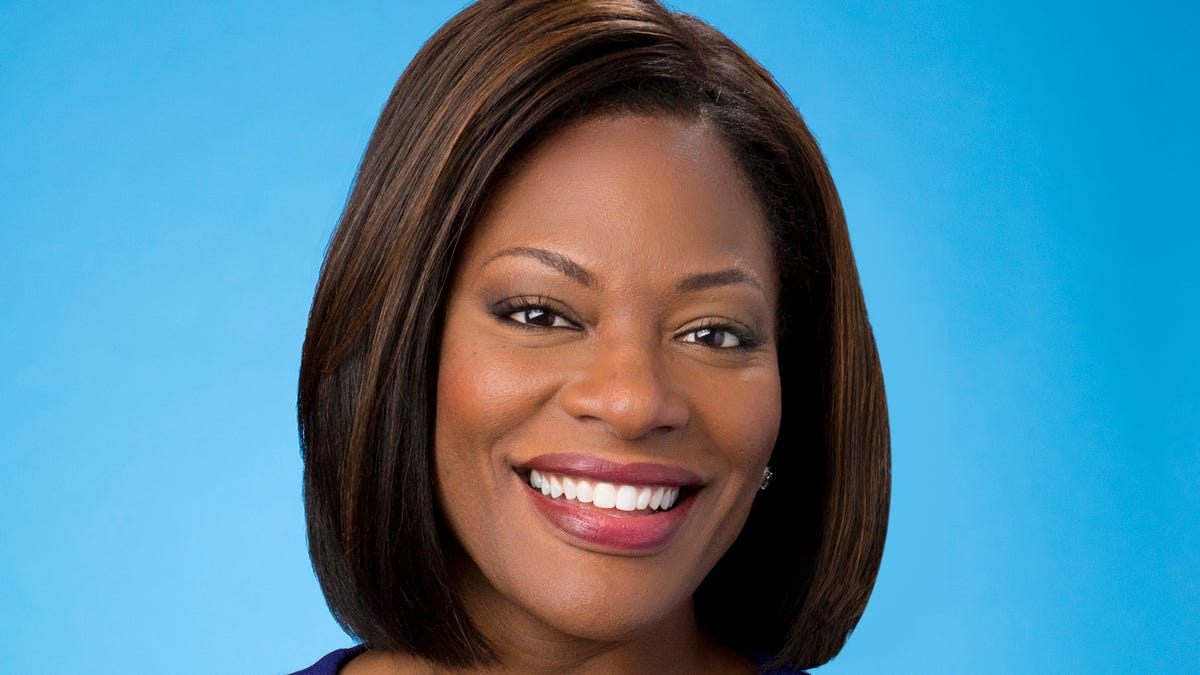
 Milwaukee, WI7 days ago
Milwaukee, WI7 days agoLongtime anchor Shannon Sims is leaving Milwaukee’s WTMJ-TV (Channel 4)
-

 News1 week ago
News1 week agoWith food stamps set to dry up Nov. 1, SNAP recipients say they fear what’s next
-

 Alabama1 week ago
Alabama1 week agoHow did former Alabama basketball star Mark Sears do in NBA debut with Milwaukee Bucks?
-

 News1 week ago
News1 week ago1 dead, 6 injured in shooting at Lincoln University homecoming festivities
-

 Austin, TX1 week ago
Austin, TX1 week agoDia De Los Muertos Austin: Parades, Altars & Events
-

 Culture1 week ago
Culture1 week agoVideo: Tyler Mitchell Breaks Down Three Photos From His New Book
-

 Seattle, WA7 days ago
Seattle, WA7 days agoFOX 13’s Aaron Levine wins back-to-back Jeopardy! episodes
-

 Culture6 days ago
Culture6 days agoVideo: Dissecting Three Stephen King Adaptations
